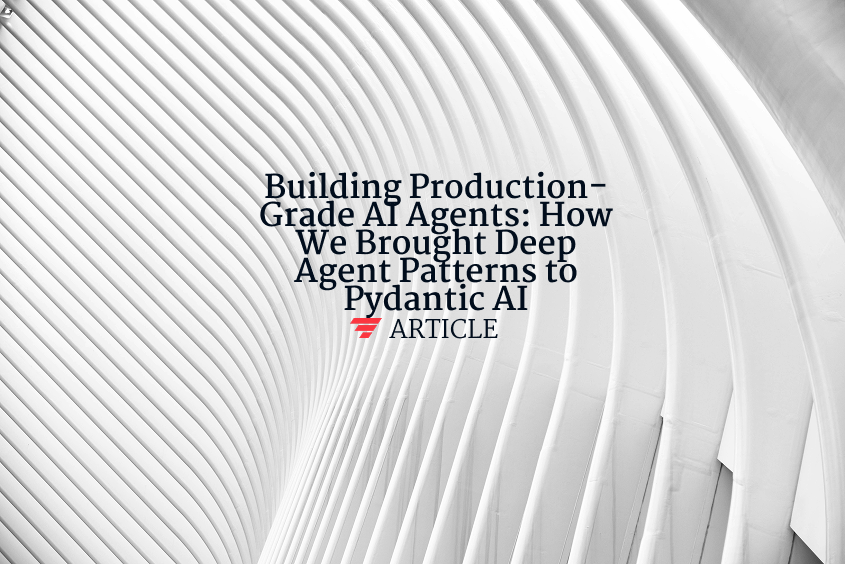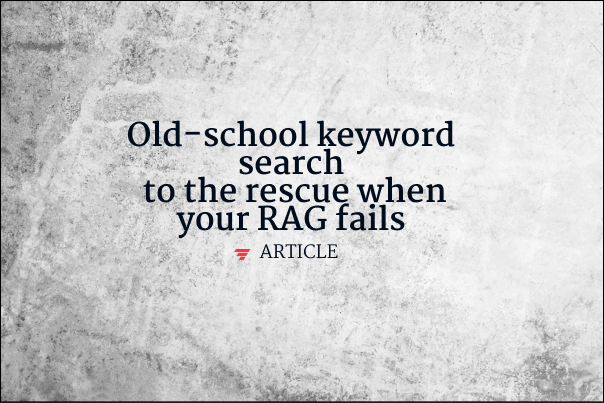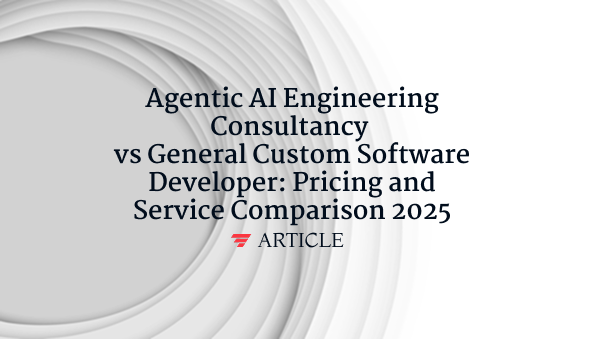How does Zero shot learning work
How does zero shot learning work through semantic knowledge transfer mechanisms that enable models to classify unseen categories by leveraging learned relationships between attributes and features. The process begins with training on seen classes while simultaneously learning semantic embeddings that map class descriptions, attributes, or auxiliary information to visual or textual features. During inference, the model matches unseen class descriptions to learned feature representations through similarity computation in embedding spaces. Key mechanisms include attribute-based learning where models learn mappings between semantic properties and observable features, cross-modal knowledge transfer between text and images, and prototype-based approaches using class centroids. The system relies on auxiliary information such as word embeddings, ontologies, or human-provided descriptions to bridge the gap between seen and unseen categories. For AI agents, this enables immediate adaptation to new domains without retraining by exploiting compositional understanding.
Want to learn how these AI concepts work in practice?
Understanding AI is one thing. Explore how we apply these AI principles to build scalable, agentic workflows that deliver real ROI and value for organizations.



